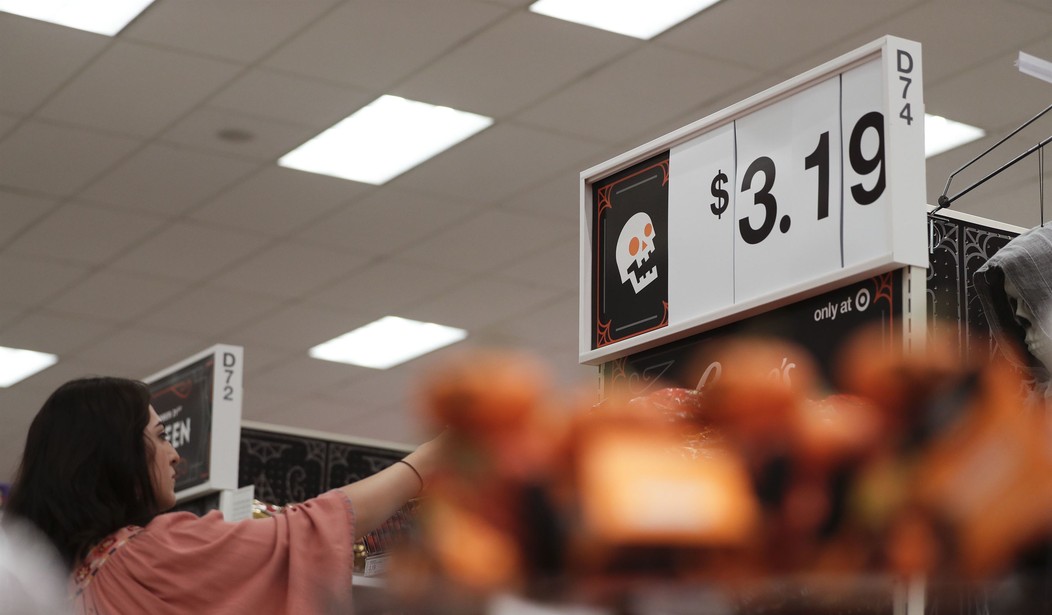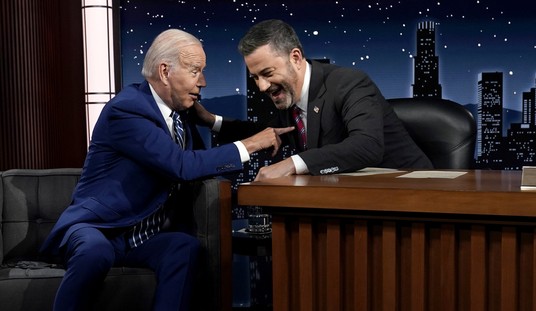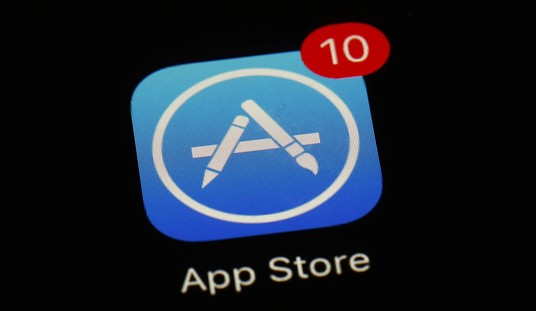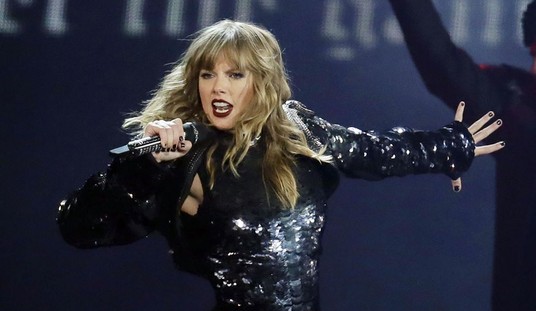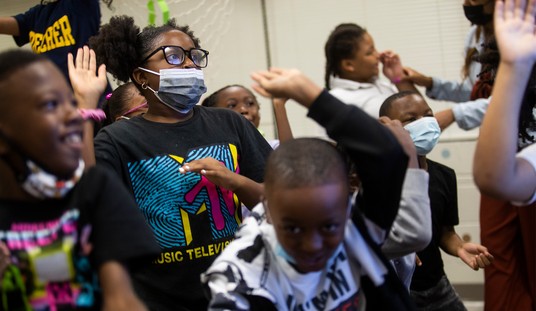I guess $2 trillion in helicopter money just doesn’t buy what it used to buy. The massive third pandemic relief/stimulus bill passed in March spiked retail sales 10.7% from February, as well as expanding jobs by 770,000 in the month. Those gains raised hopes that the combination of stimulus spending and reopenings had generated enough economic momentum to produce a lasting boom in the economy.
Last week, the reality of stimulus sugar highs and economic disincentives revealed itself in the surprising small jobs gain for April, one-third of March’s additions at 266,000. Today, the Commerce Department delivered another unpleasant surprise on retail spending, in which economists expected to see expanded growth. Instead, April’s sales turned out to be flat:
Advance estimates of U.S. retail and food services sales for April 2021, adjusted for seasonal variation and holiday and trading-day differences, but not for price changes, were $619.9 billion, virtually unchanged (± 0.5 percent)* from the previous month, and 51.2 percent (± 0.7 percent) above April 2020. Total sales for the February 2021 through April 2021 period were up 27.1 percent (± 0.5 percent) from the same period a year ago. The February 2021 to March 2021 percent change was revised from up 9.7 percent (± 0.5 percent) to up 10.7 percent (± 0.3 percent).
Retail trade sales were down 0.3 percent (± 0.5 percent)* from March 2021, but up 46.1 percent (± 0.7 percent) above last year. Clothing and clothing accessories stores were up 726.8 percent (± 2.8 percent) from April 2020, while food services and drinking places were up 116.8 percent (± 3.0 percent) from last year.
CNBC’s ever-expressive Rick Santelli tells us we shouldn’t be surprised to see that number come back down, but perhaps not quite this far. Excluding autos and gasoline, retail sales actually fell 0.8% for the month, Santelli points out. He also warns viewers that year-on-year comparisons are not going to tell much of a story, as it compares to the beginning of the shutdowns:
The data show a lot of declines:
- Clothing and related sales: -5.1%
- General merchandise stores: -4.9%
- Sporting goods/books/hobby/musical instruments: -3.6%
- Furniture and home: -0.7%
Those are declines off of a big high, Steve Liesman points out, which means we’re still gaining overall. And that’s true enough, as can be seen in the same data table. For instance, clothing and related sales went up 22.7% in March compared to February, furniture and home sales 8.1%, general merchandise 9.7%, and so on.
However, that also indicates that the third wave of stimulus spending produced mostly a “sugar high,” not stable economic growth. People spent the stimulus cash but didn’t keep spending their own cash after it ran out. Economists expected to see incremental gains over March’s output, in part because of accelerated reopenings and an expected robust addition of jobs to the economy:
U.S. retail sales stalled in April following a sharp advance in the prior month when pandemic-relief checks provided millions of Americans with increased spending power.
The value of overall retail purchases were essentially unchanged last month following an upwardly revised 10.7% gain in March that was the second-largest in records back to 1992, Commerce Department figures showed Friday. The median estimate in a Bloomberg survey of economists called for a 1% April gain.
In fact, economists expected gains because many Americans didn’t get the money until the end of March:
Retail sales, which experienced record drops just over a year ago at the onset of the pandemic, have been closely watched as monthly gauges of the health of the economy and the mind-set of consumers.
Economists at Morgan Stanley had anticipated a smaller increase in retail sales in April compared with March based on stimulus check distribution, with roughly 83 percent of this latest round distributed in the back half of March.
Reuters even breaks out the “U” word:
U.S. retail sales unexpectedly stalled in April as the boost from stimulus checks faded, but an acceleration is likely in the coming months amid record savings and a reopening economy. …
Retail sales account for the goods component of consumer spending, with services such as healthcare, education, travel and hotel accommodation making up the other portion. Households have accumulated at least $2.3 trillion in excess savings during the pandemic, which should underpin spending this year.
Coming on the heels of news this month that hiring slowed in April amid a shortage of workers, the weak sales could cause anxiety about the economic recovery. Though more than a third of Americans have been fully vaccinated against COVID-19, fears about the virus linger and schools have not fully reopened for in-person learning, keeping many workers at home.
Wells Fargo analyst Tim Quinlan uses my “sugar high” analogy in warning that March would likely turn out to be an anomaly, at least until the economy fully reopens:
The surge in retail spending earlier in March came as the government distributed hundreds of billions in direct cash payments to households. That was similar to a large jump in retail sales during January, following a separate round of direct payments authorized by Congress at the end of 2020.
The stimulus checks “burned a hole through consumers’ pockets in those months and contributed to big, big surges” in retail sales, said Tim Quinlan, senior economist at Wells Fargo. “The immediate sugar high from the stimulus could be wearing off.”
Economists expect pent-up demand after months of government restrictions on businesses and activity, along with large stockpiles of savings for some households, will drive robust consumer spending in coming months, particularly as establishments in the services sector are allowed to more fully operate.
There are positive signs for the economy as the U.S. moves towards a full reopening. Claims for unemployment benefits have continued a downward trajectory to pandemic lows.
That’s technically true, but still inaccurate. Initial claims for regular UI benefits have declined to pandemic lows, but the number of continuing paid claims in pandemic-UI programs continues to run between 12-13 million. In the last weekly jobless claims report, that number increased by nearly 700,000. The bonuses for pandemic UI are clearly incentivizing workers to remain on the sidelines, even as commerce restrictions are removed and businesses return to more normal operations.
Until schools reopen and those incentives are removed, sugar highs are likely all we’ll get. The only way to get the economy back to normal growth is to remove all of the other abnormalities.

